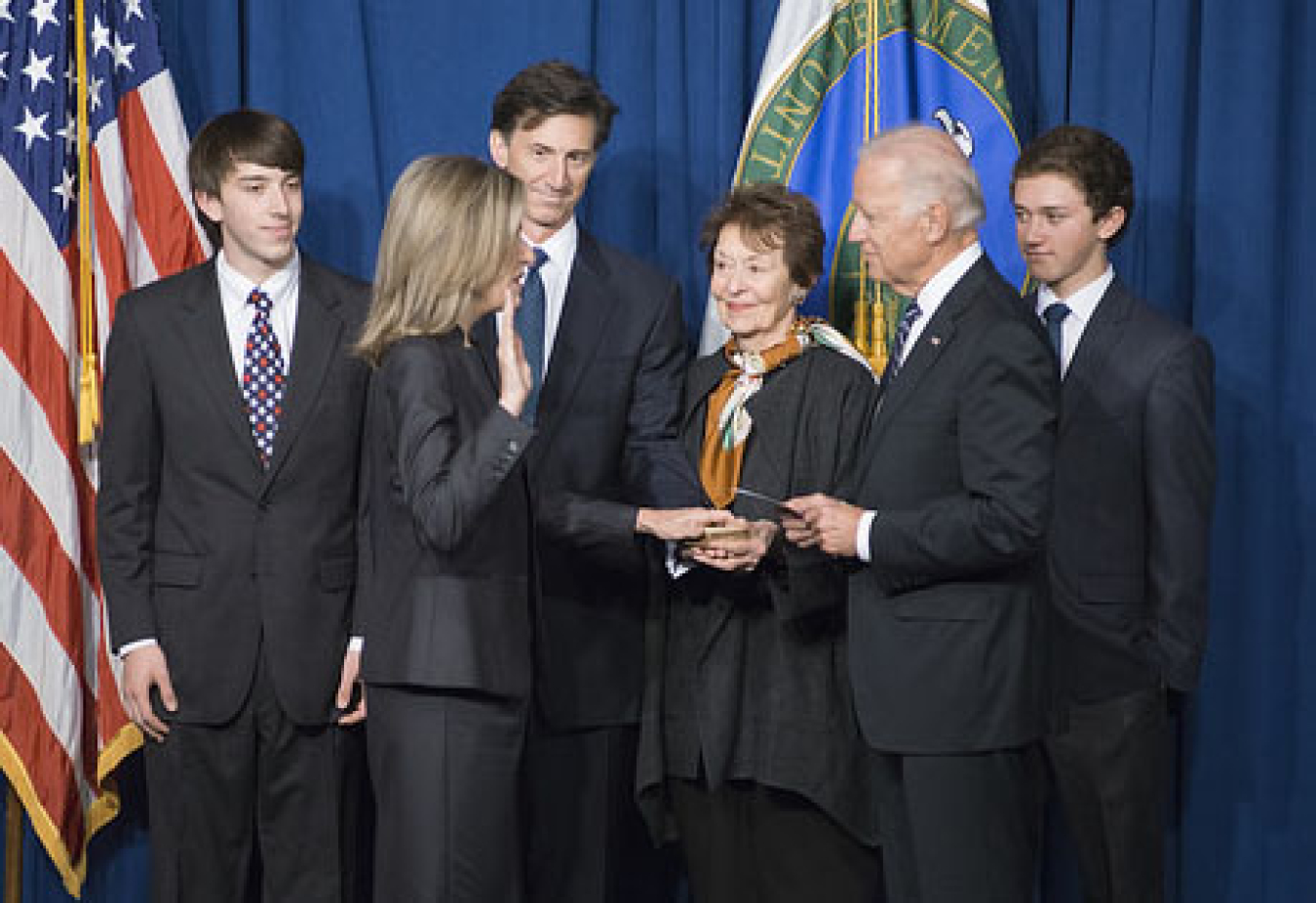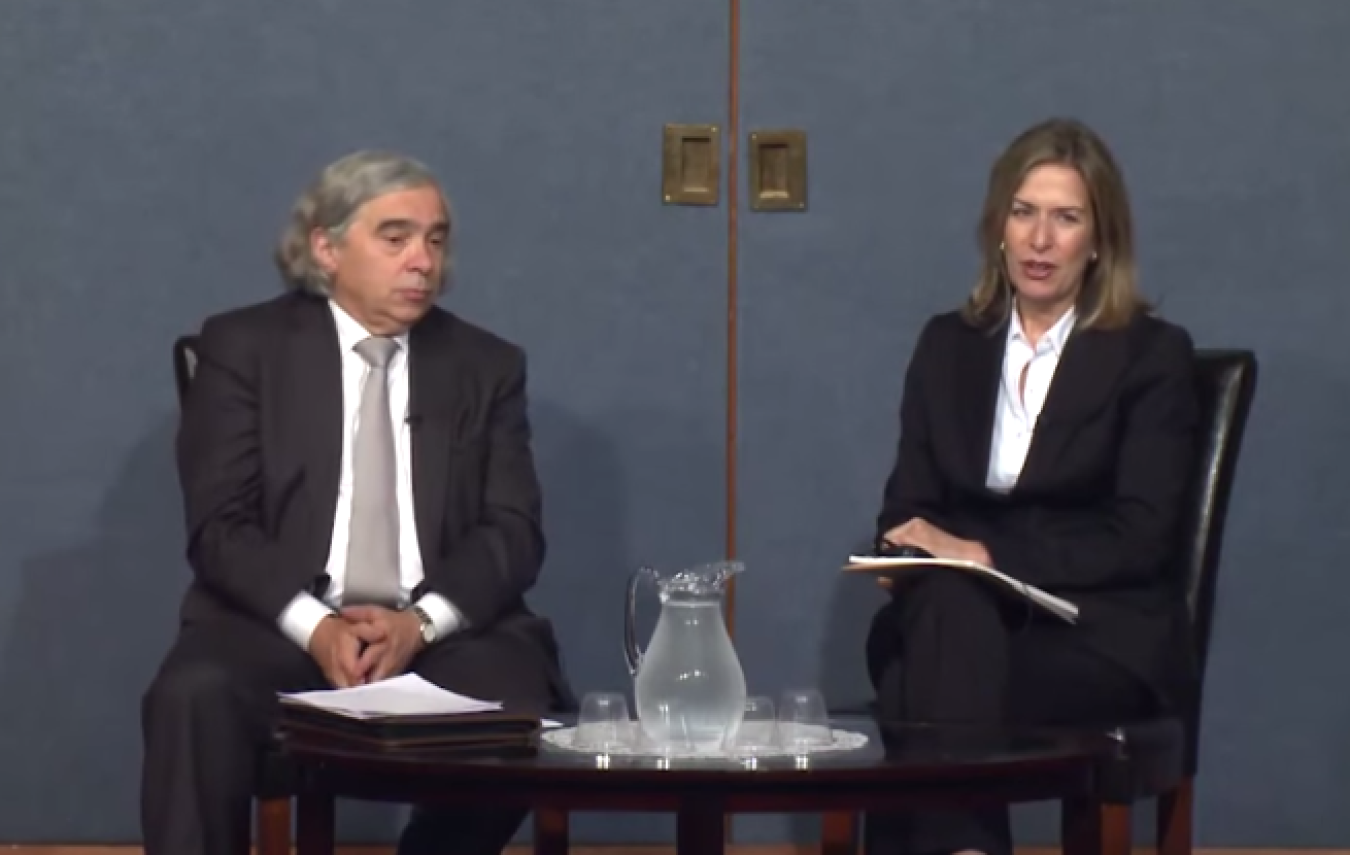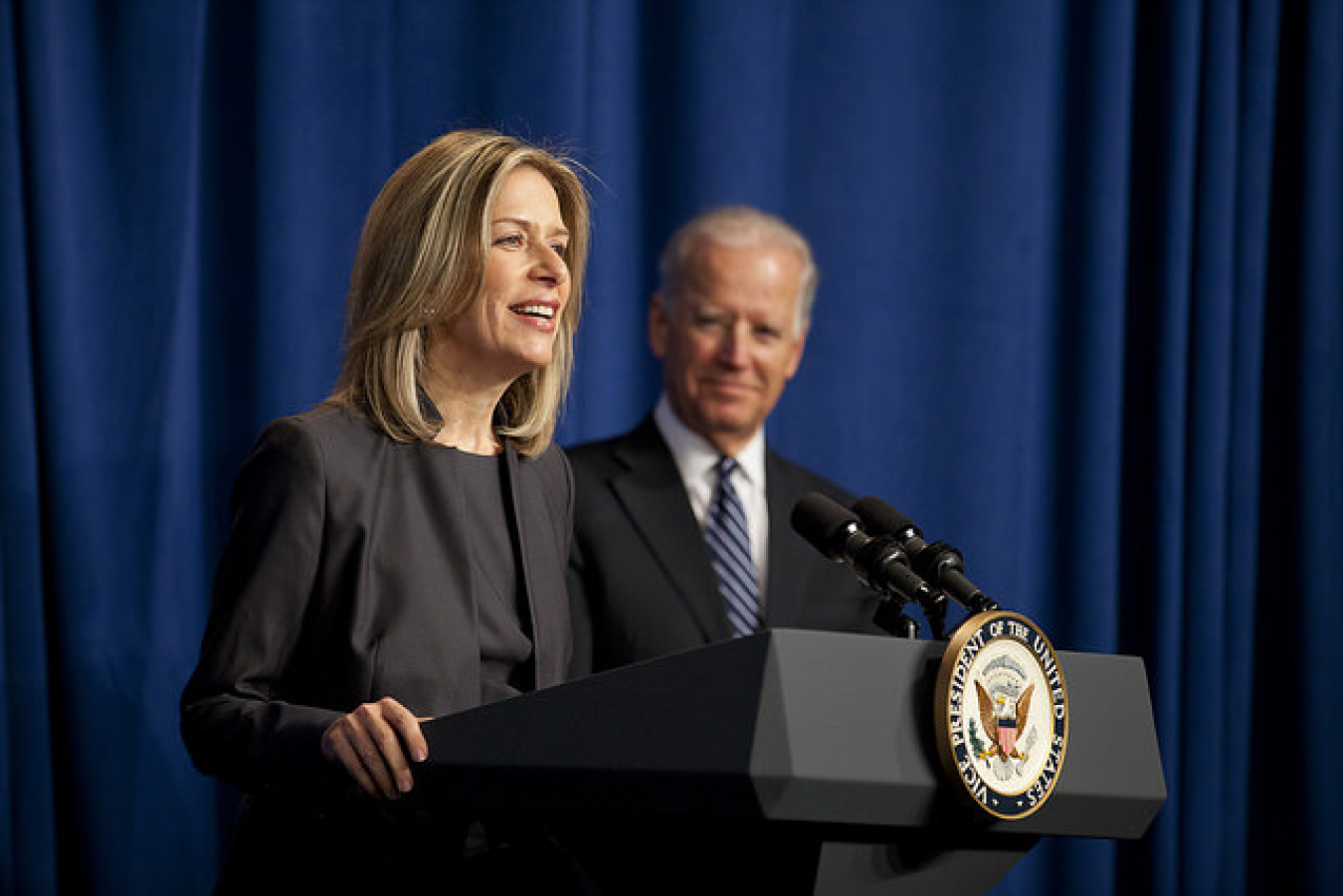On February 8, 2016, Elizabeth Sherwood-Randall visited the Bonneville Power Administration (BPA) in Portland, Oregon and Vancouver, Washington. I travelled to the Pacific Northwest to join BPA Administrator Elliot Mainzer for a firsthand look at the ...
February 11, 2016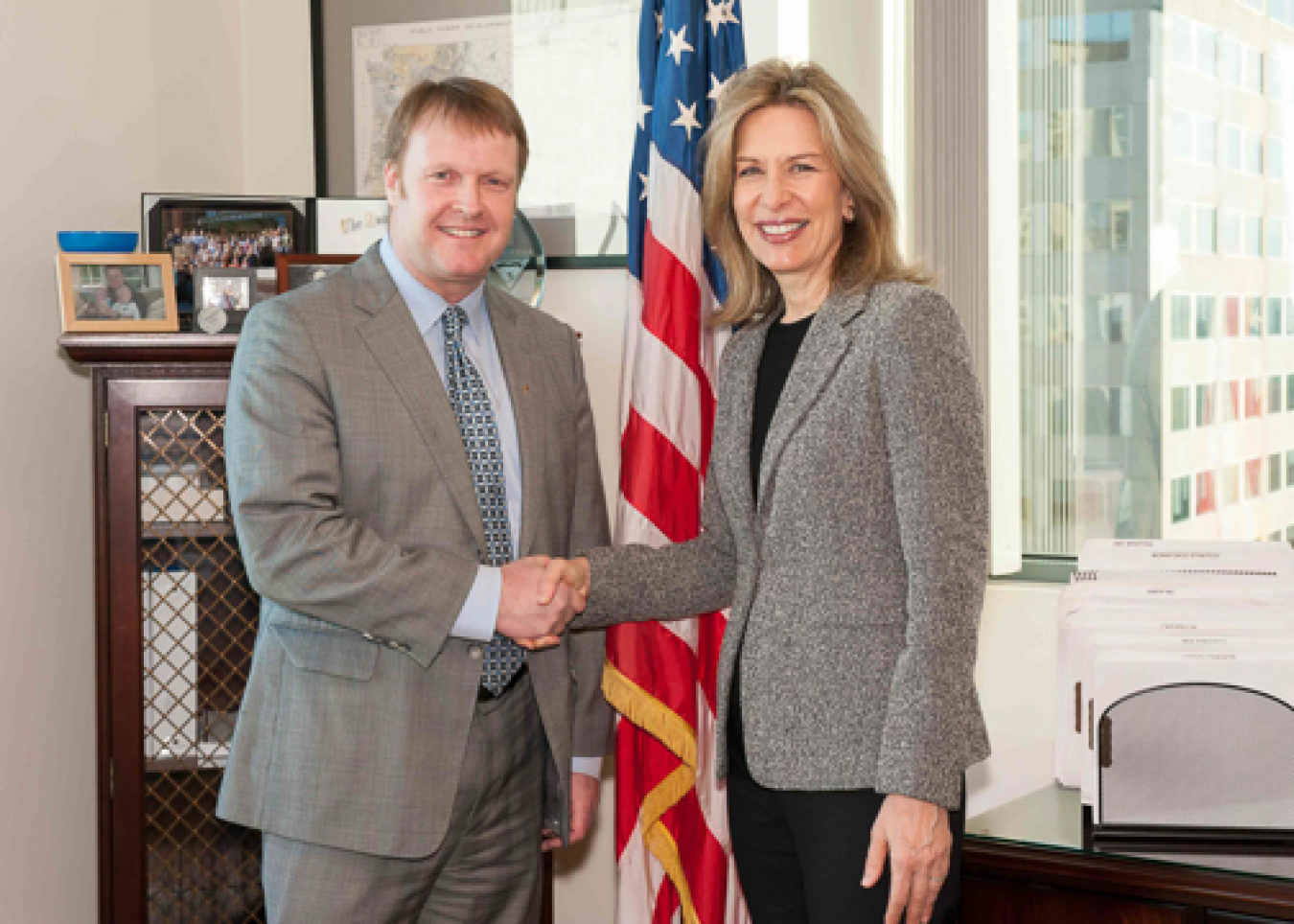
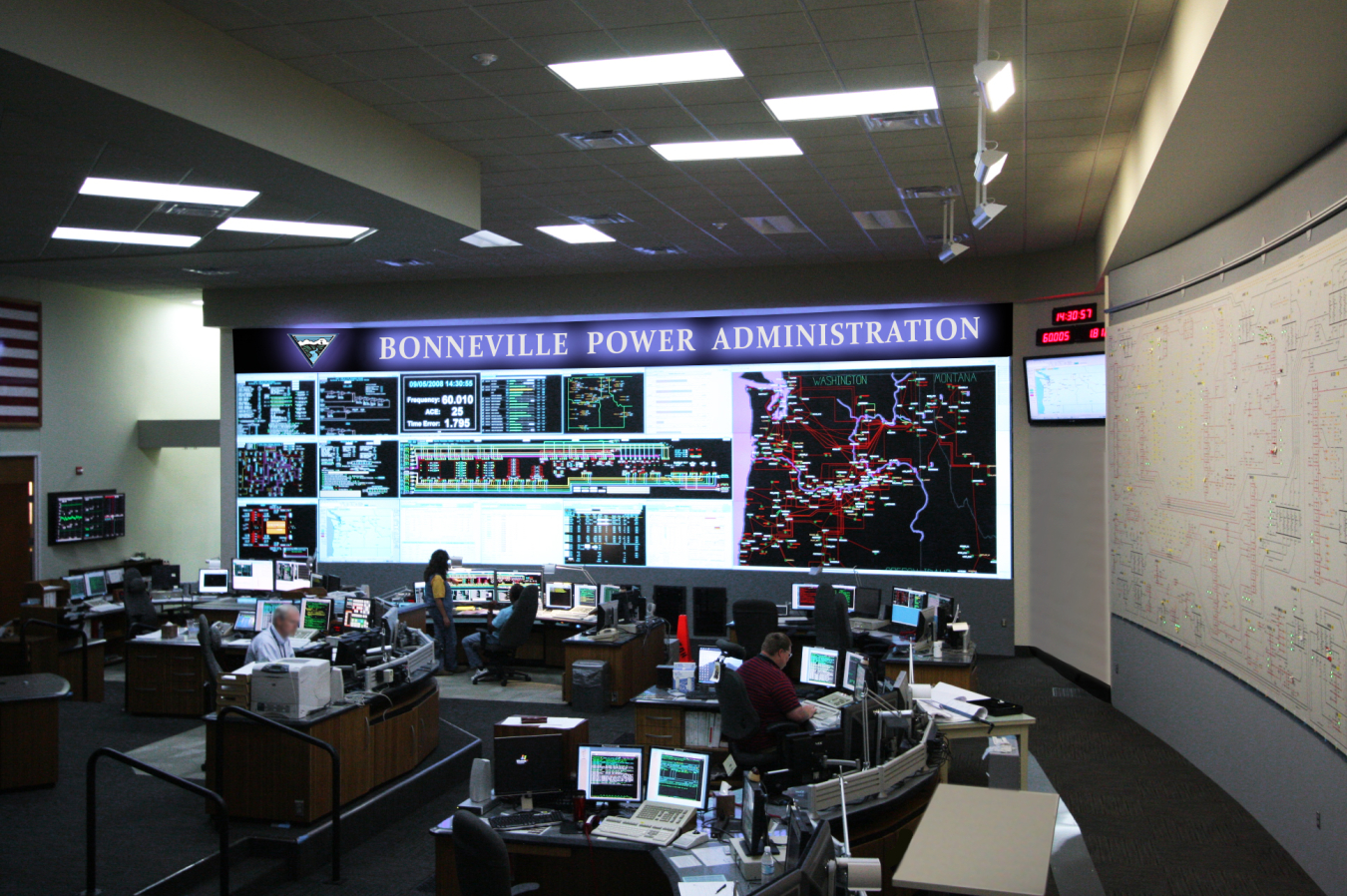
BPA's Dittmer Control Center



On February 8th, I visited the Bonneville Power Administration (BPA) in Portland, Oregon and Vancouver, Washington. I travelled to the Pacific Northwest to join BPA Administrator Elliot Mainzer for a firsthand look at the vital work they are doing to improve U.S. energy infrastructure and use new capabilities to maximize efficiency in our energy use.
The Bonneville team is at the forefront of DOE’s push toward modernizing our grid for the challenges of the 21st century. They showed me advanced facilities like the Dittmer Control Center and briefed me on upgraded infrastructure such as the Celilo Converter and Pacific Direct Current Intertie (PDCI), a high-voltage direct current link between the Pacific Northwest and Southwest. These tangible improvements to our transmission infrastructure are the real deal: they are enhancing resiliency, reliability, and security and ensuring we have the grid our country needs.
As Secretary Moniz announced last month, the Department of Energy is putting significant resources behind this push. We’ve committed up to $220 million over the next three years as part of our Grid Modernization Multi-Year Program Plan. This funding would enable our national labs – and their partners in industry and universities – to conduct research into energy storage, integrating variable energy sources, and strengthening infrastructure and distribution systems. All of these innovations make our grid smarter and more flexible, and better able to rebuff the cyber and physical threats we face.
BPA has already taken substantial steps toward modernizing its infrastructure to meet these challenges. BPA provides about one-third of the electricity consumed in the Northwest – across an astonishing 15,000 circuit miles of high-voltage transmission lines. While I was there, I spoke with operators at the Dittmer Control Center who monitor the entire transmission system and analyze and respond to emergency situations and problems like blackouts. They also ensure they maintain the backup capacity necessary to support variation in demand on the grid, facilitate demand response, and answer customer inquiries. This hub of activity brings under one roof the many responsibilities that BPA has to its customers and the Pacific Northwest region – and its success demonstrates the importance of integrating these functions.
BPA is also making important upgrades to its infrastructure – like the Celilo Converter Station, the northern terminal of the PDCI, which runs 846 miles from The Dalles, Oregon, to Sylmar, California. This investment is paying off: modernization of Celilo and improvements to the BPA-owned portion of the intertie to the Nevada/Oregon border will increase capacity on the PDCI – the longest commercial transmission line of its kind in the nation – by 120 megawatts. The station returned to service after its upgrade last month and will be essential to the region’s economic growth for decades to come.
These projects exemplify some of the major benefits of our grid modernization efforts: providing plentiful, reliable electricity when it is needed to power businesses, and relying more and more on renewable sources to generate that electricity. Tomorrow’s economy must be built on clean energy – and this is what it will take to get there.
What I saw at BPA demonstrated the importance and urgency of these efforts across our nation. Grid modernization is imperative as we grow the economy while decreasing our carbon emissions. BPA is leading the way, and setting a terrific example of strategic planning and investments for a low carbon energy future.
Dr. Elizabeth Sherwood-Randall
Download a high-resolution version of portrait
Elizabeth Sherwood-Randall served as Deputy Secretary at the U.S. Department of Energy from October 10, 2014 to January 19, 2017.
She joined the Obama Administration on day one, serving from 2009 to 2013 as Special Assistant to the President and Senior Director for European Affairs at the National Security Council and from 2013 to 2014 as White House Coordinator for Defense Policy, Countering Weapons of Mass Destruction, and Arms Control.
Before joining President Obama’s team, Dr. Sherwood-Randall worked at Stanford University, at Harvard University, and at the Council on Foreign Relations. In the Clinton Administration, she served as Deputy Assistant Secretary of Defense for Russia, Ukraine, and Eurasia from 1994 to 1996.
Dr. Sherwood-Randall attended college at Harvard and then went on to graduate school at Oxford University, where she was among the very early ranks of female Rhodes Scholars. After finishing her education, she began her career working for then-Senator Joe Biden as his chief advisor on foreign and defense policy.
Born and raised in California, she is married to Dr. Jeff Randall, a neurosurgeon, and they have two teenaged sons.
